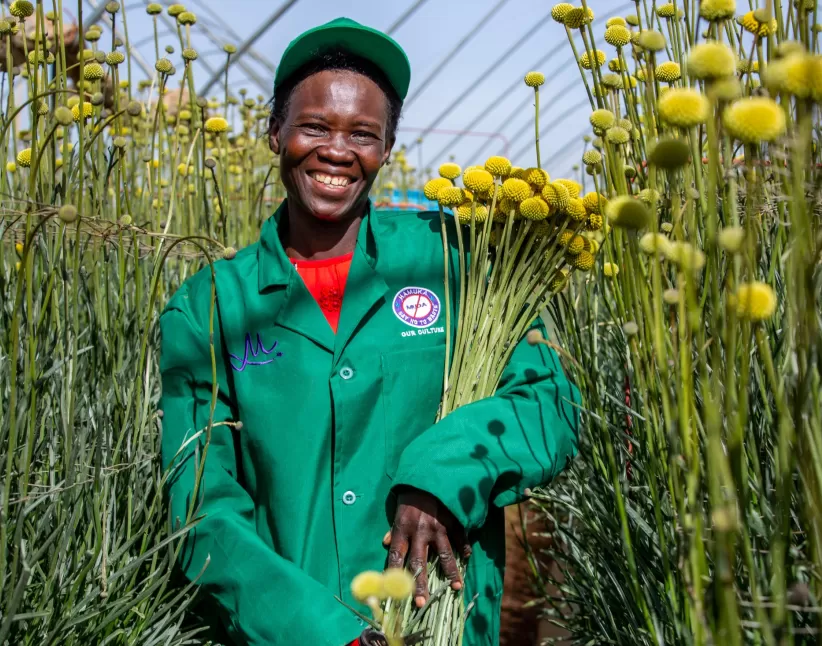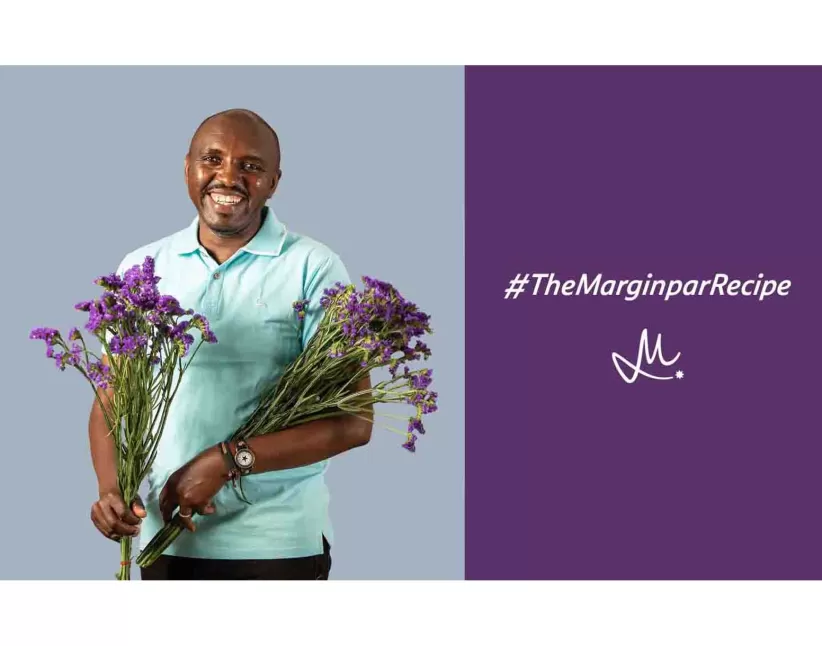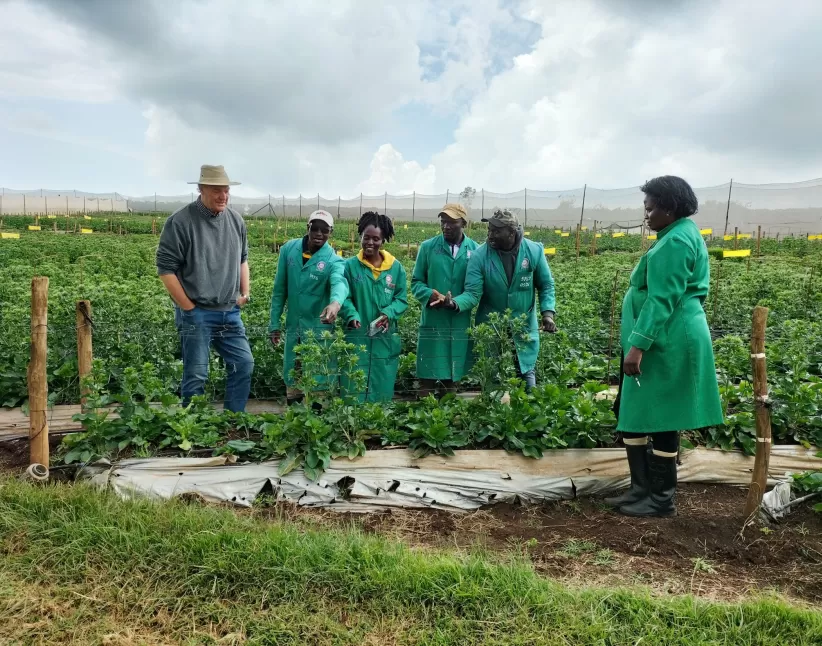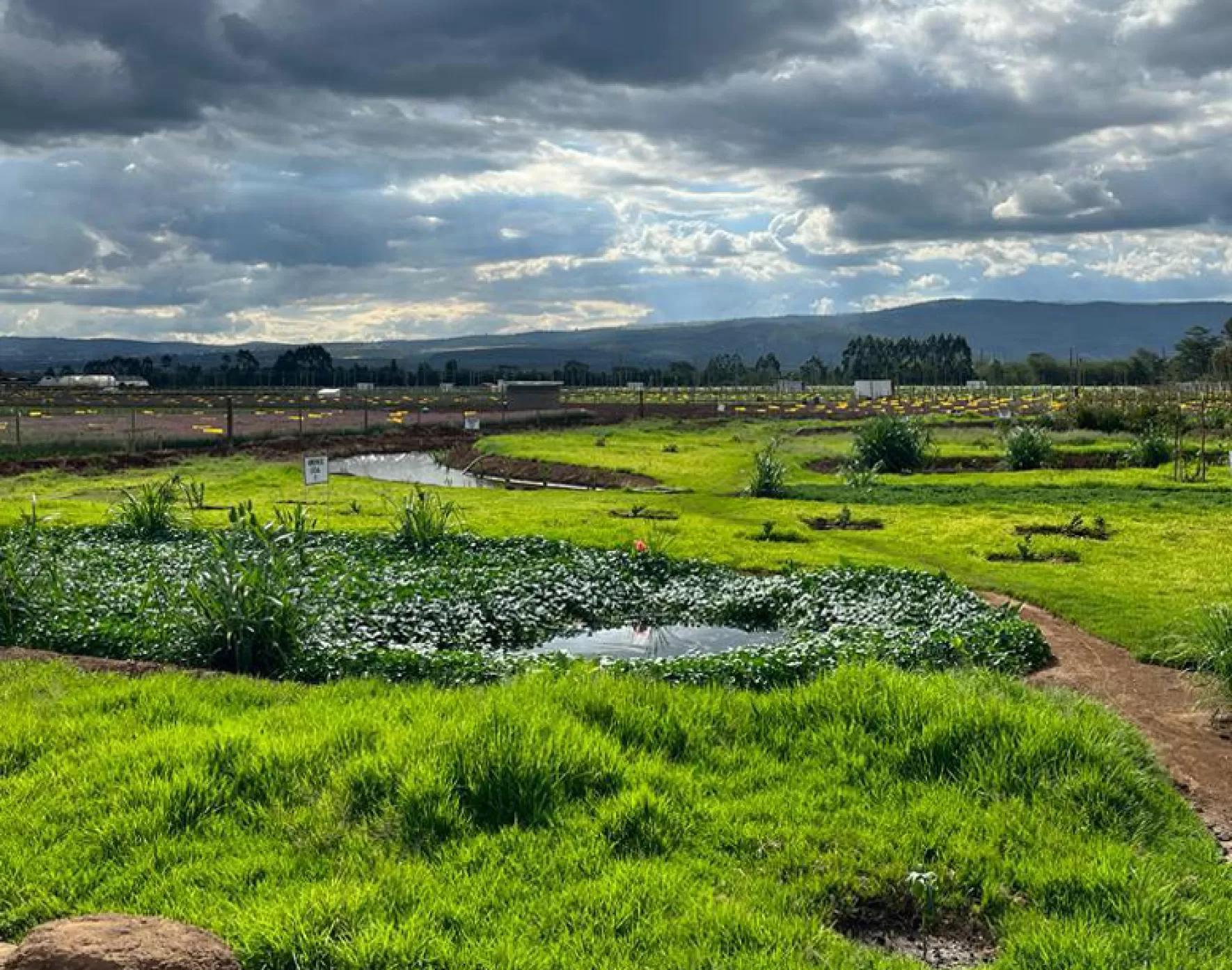
Wetlands: the final phase
Repurposing wastewater
Nearing completion
Now that the last wetlands in Kenya are being completed, and construction has started in Ethiopia, we’re so close to reaching a huge sustainability milestone!
In a matter of months, all our farms will be efficiently repurposing their wastewater in a sustainable manner!
Mimicing nature
But what exactly are wetlands, and how do they work? ESG Manager Steve explains: “We constructed wetlands to imitate the natural treatment of wastewater; it is a biomimic system.”
1. Collect
”Wastewater, like water from fertigation* rooms, packhouses, or the canteens, is collected and directed to the wetlands, that lay on a lower area of the farm (no pumping required!). It then flows through different tanks and ponds with different elements that clean the water.”
2. Purify
“The first phase entails physical removal of “dirt”; the water sits in a sedimentation tank, and then passes through stones and gravel. Once the water reaches the ponds, also called surface cells, smart use of different water plants ensures the removal of small molecules, like nitrogen and phosphorous.”
3. Reuse
“At the end of this process, the water is clean and can be used for the flower fields again. Because of this, and catching rainwater and runaway water, we are able to save around 35% on electricity for borehole pumping!”
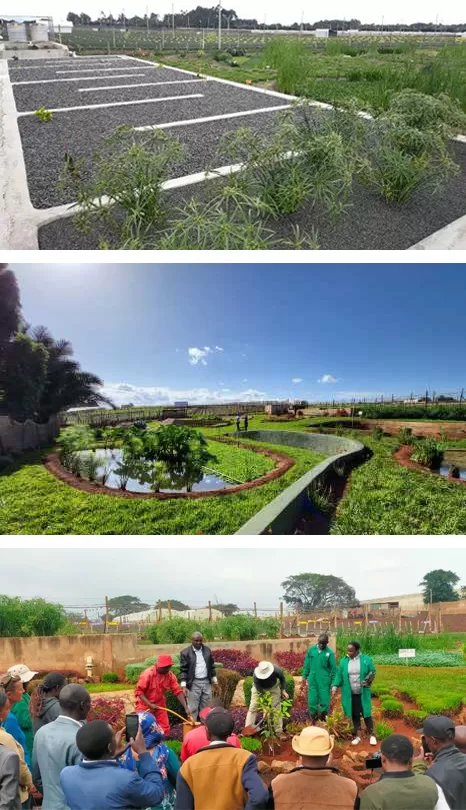
We are extremely proud of the development of the wetlands, and of the enthusiasm of our people who have put great effort into it. We will keep you updated on further development!

